Russia’s largest battleship – Admiral Kuznetsov aircraft carrier – was scheduled to be sent to Syria between October 2016 and January 2017. However, when the news was released by a military-diplomatic source in Moscow back in July, some were sceptical about the report, accusing it as nothing but a Russian propaganda without any substance.
A photo taken from a Norwegian Lockheed P-3 Orion surveillance aircraft in international waters off the coast of Northern Norway on October 17, 2016 finally put the rumours to rest. But the NATO and United States aren’t impressed with what they saw. The Russians have made good on their promise, and the British Royal Navy was thrown into disarray as they scramble to intercept the fleet.
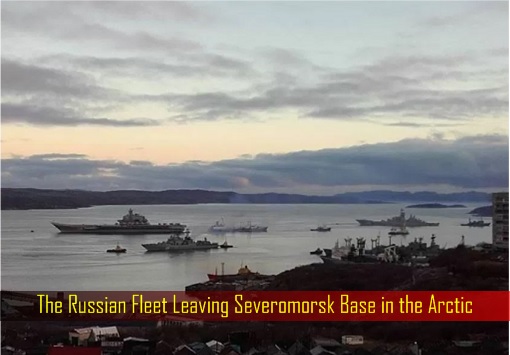
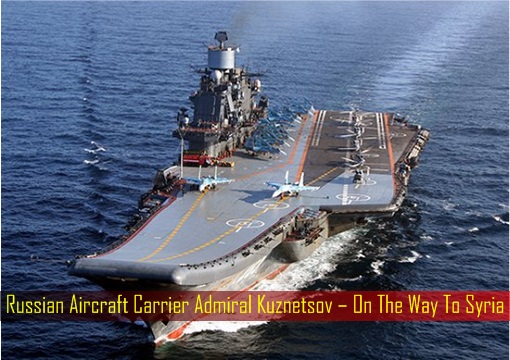
Leading the Russian fleet of 8 fearsome warships is the 55,000 tonnes nuclear-powered Admiral Kuznetsov, which is loaded with fighter jets, reconnaissance and combat helicopters and presumably tons of cruise missiles. The journey to Syrian port of Tartus would take the fleet through the North Sea, Dover Strait and English Channel before heading south towards Mediterranean.
Russian Defence Ministry reveals that the Admiral Kuznetsov is escorted by the Pyotr Veliky (Peter the Great) battle cruiser, the Vice Admiral Kulakov destroyer, anti-submarine Severomorsk, frigate, supply ships and submarine – all part of the Northern Fleet. Two British warships – HMS Duncan and HMS Richmond – will be deployed to intercept and escort the vessels past Britain.
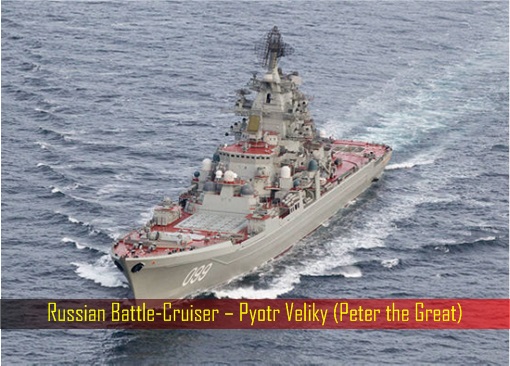
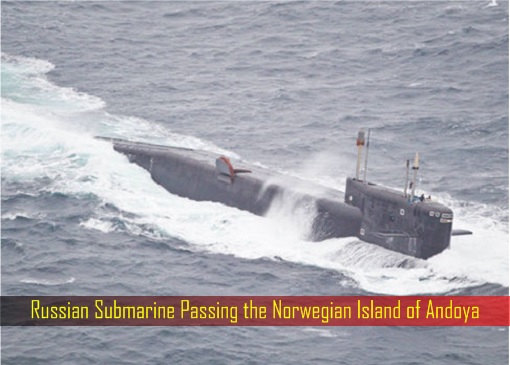
The Russian heavily armed fleet departed from the naval port of Severomorsk and would enter the UK’s area of interest as early as next week. Due to cost-cutting, Britain is left handicapped without any surveillance planes. Russian news agency RIA took the opportunity and mocked the Great Britain on “what little remains of the Royal Navy.”
The insult came after UK Foreign Secretary Boris Johnson boasted that he would “like to see demonstrations outside the Russian embassy” in London over Moscow’s role in the ongoing Syrian War. Mr. Boris and Britain might just get what they wish for when the Russian fleet stops to carry out drills north of Scotland before sailing just miles from the English coast.
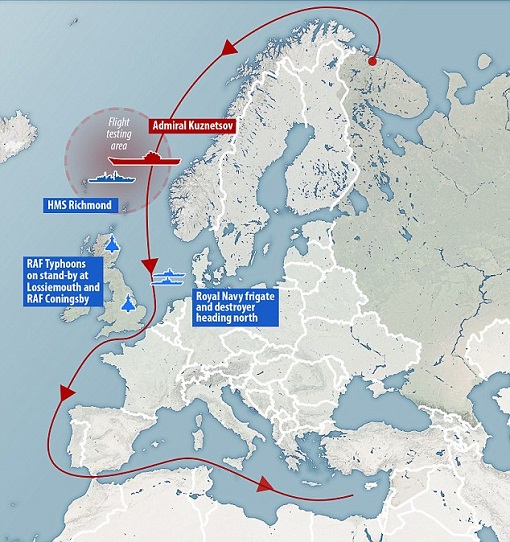
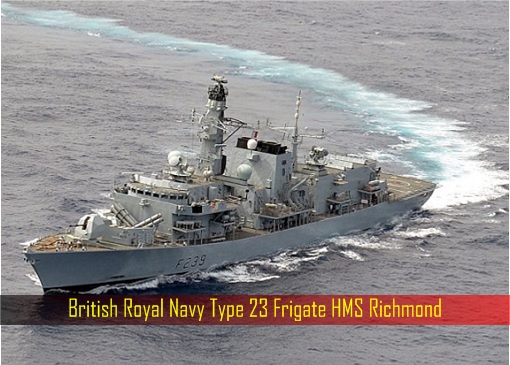
Russian President Vladimir Putin, in his attempt to show Kremlin’s military strength, is expected to use the voyage not only to intimidate United Kingdom’s Royal Navy but also at France with flying drills off the French coasts. Putin has cancelled his trip to Paris after French President Francois Hollande said he would see him only for talks on Syria War and nothing else.
The Russians were entitled to sail down the English Channel but the sight of such a powerful fleet sailing so close to the UK’s shores would certainly raise eyebrows as Russia and Britain fight for different camp in the Syrian War. To demonstrate that Russia is the new superpower who is dominating the Mediterranean, Putin will use his fleet to pull all the stunts available.
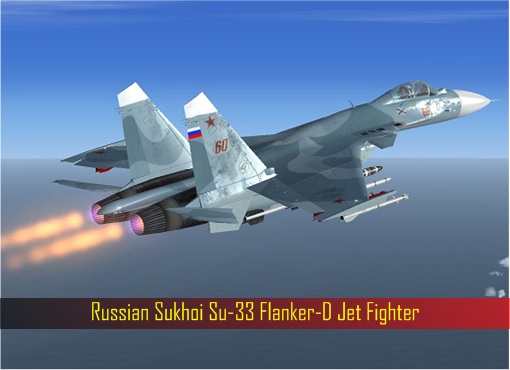
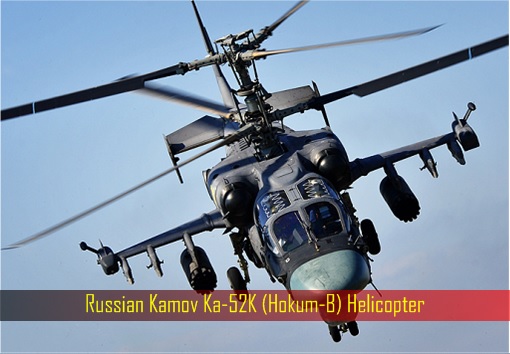
After arriving off the coast of Syria, the Kuznetsov – Russia’s only aircraft carrier – is expected to take up position there for almost half a year, to complement the recent deployment of S-300V4 defence system in Tartus. It could use its 15 Sukhoi Su-33 and MiG-29K/KUB multirole fighters onboard and more than 10 Kamov Ka-52K, Ka-27, and Ka-31 helicopters to carry out airstrikes.
When the Soviet Union launched the Admiral Kuznetsov in 1985, it was a major technical accomplishment for the then-superpower. Around the same time, Moscow began assembling Varyag, a sister ship of the Admiral Kuznetsov, but it was never completed or commissioned by the Soviet Union, which collapse in 1991.
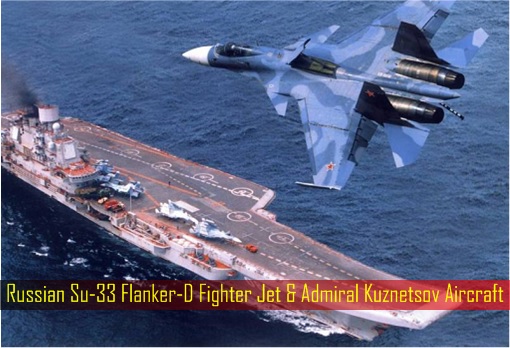
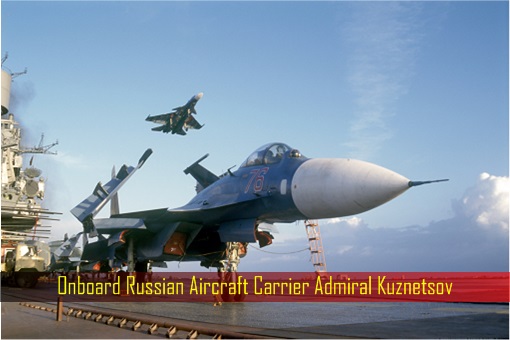
Varyag was eventually sold to China, which is today known as Liaoning. Interestingly, since the ship was commissioned into frontline service in the early 1990s, the Admiral Kuznetsov has deployed just 5 times. The deployment to Syria would be the aircraft carrier’s sixth. The initial plan to fight ISIS could now change to assist in the “Battle of Aleppo“, or even to intimidate Saudi and U.S. in the Yemen War.
The Admiral Kuznetsov, however, is not like other aircraft carriers which are essentially just floating airbases. The Admiral Kuznetsov is an aircraft-carrying cruiser, which means the aircraft carrier possess powerful missiles. Russia is the only country in the world with such a heavily armed aircraft carrier.
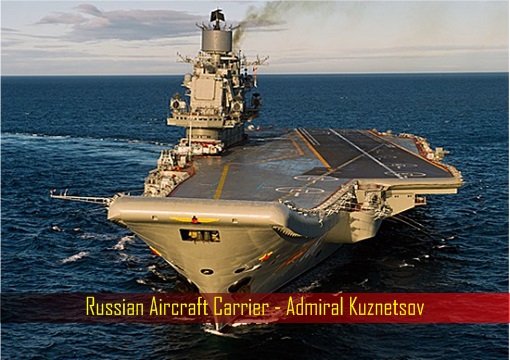
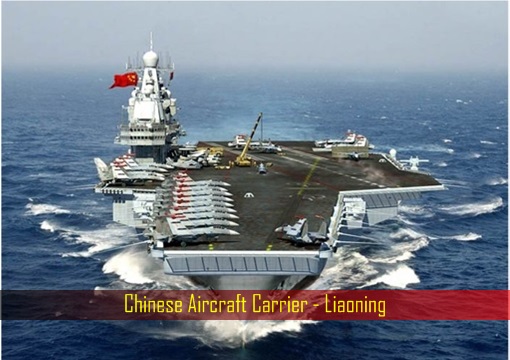
Although the Russian aircraft carrier needs escort ships, it doesn’t need as many as its American counterparts. Armed with 12 Granit anti-ship cruise missiles, 6 AK-630 automatic weapon systems, 2 Udav rocket launchers with 60 depth charges, a Kinzhal surface-to-air missile system and a Kortik gun-missile system, it can defend itself – if necessary.
Other Articles That May Interest You …
- Here Are Russia’s 3 Awesome Weapons Which The U.S. Is Absolutely Terrified Of
- Forget Syrian War, A Saudi-Iran War Could Spark World War 3
- Checkmate – Russia Sends New Weapon “S-300V4 Gladiator” To Syria
- “Battle Of Aleppo” – Russia Challenges U.S. To A War … If Obama Dares
- “War Message” To Japan And US!! – China Sends 40 Fighter Jets & Bombers To Okinawa
- No, It Wasn’t An Accident!! – Here’s Why The U.S. Deliberately Bombed Syrian Forces
- Putin To Send Aircraft Carrier To Syria – To Wipe Out ISIS, To Humiliate NATO
- Not Over Yet – Here’re Some Of Russia’s Awesome Military Hardware In Syria
- 4 Reasons Russia Intervened In Syria & Why Putin May Attack NATO As Well
- Russian Jet Shot Down – How Putin Brilliantly Turns It To His Advantage

|
|
October 19th, 2016 by financetwitter
|


|

|

|

|

|

|




























Comments
Add your comment now.
Leave a Reply